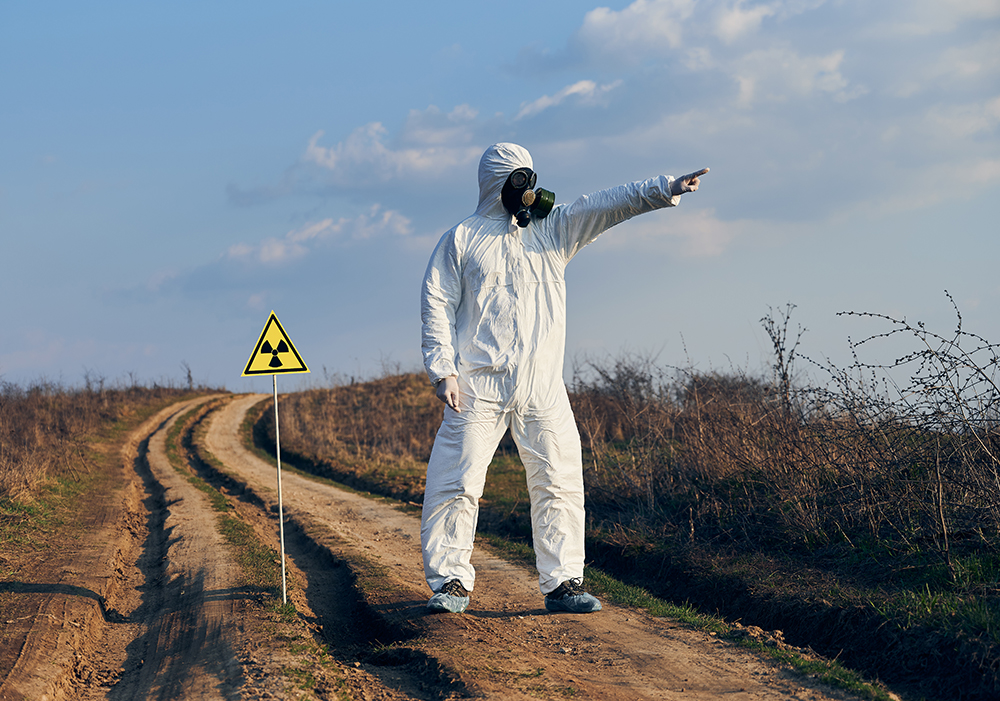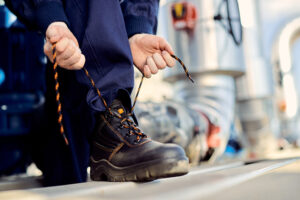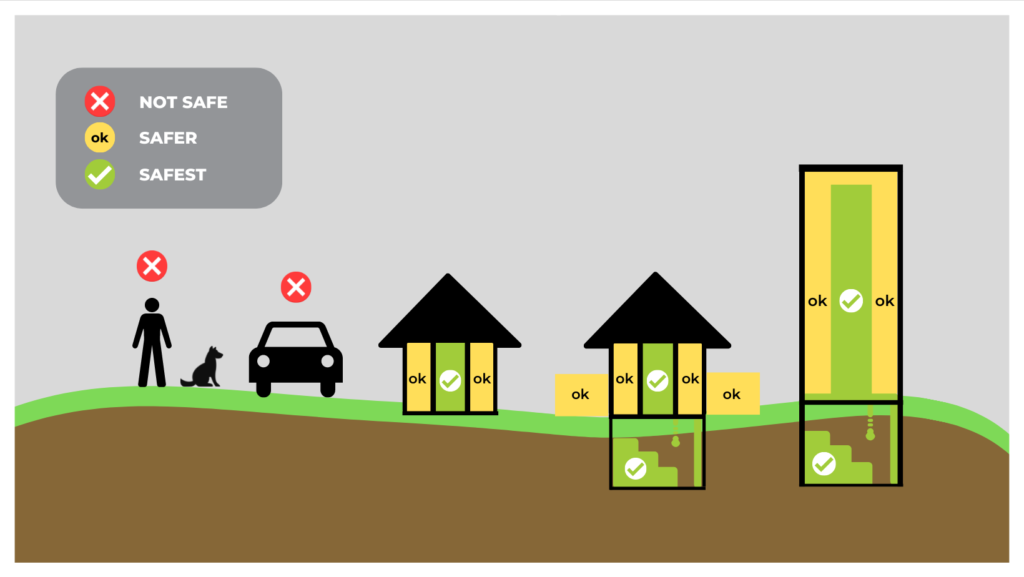Protecting yourself from radiation is not a simple task. For ionising radiation like gamma rays and X-rays, no suit can completely prevent these from penetrating. Even so, wearing personal protective equipment (PPE) is a big help in mitigating health risks and injuries.

Respiratory and Dermal Protective Materials
PPEs like hazardous material/hazmat suits are used by workers in healthcare, chemical plants, or toxic waste cleanups and other industries working with any toxic or dangerous substance.
For people working with radiation sources, garments are designed to minimise penetration of radioactive materials. The PPE set is usually composed of hat and face shield, steel-toed boots, coveralls, hooded radiation resistant suit, breathing apparatus, and a personal monitor.
The suits can be made of cotton/poly blend, flame-resistant Nomex or cotton, or a polyester barrier. Lead shielding is also a form of radiation protection that radiation workers find useful.
It’s important to note that when it comes to radiation protection, the standard protocol says that what can block ionising radiation like gamma is 6.6 ft. concrete, 1.3 ft. lead or 13.8 ft. water.
PPEs prevent external contamination from small bits of radioactive dust or particles but these cannot protect someone from ionising radiation like gamma rays. These are just designed to minimise the radioactive particles’ contact with your skin.
In general, the more body coverage, the better, and with developments in material science, more advanced protective suits could be produced in the future.

What to Do During a Radiation Emergency
In case of radiation emergencies, the best thing to do is always to stay inside the house or in a building and take shelter. If possible, turn off air conditioners or anything that can bring air in from outside. Authorities will instruct you when it’s safe to evacuate.

Inside a building, the safest option would be the basement. If it has a single storey, stay in the centre away from windows and doors. For multi-storey buildings, centre floors are your best choice.
For first responders, wearing a PPE is recommended before and after identifying hazards.
Real-Time Monitoring for Radiation Workers
ARPANSA’s Safety Guide states that any employee who is likely to receive an annual effective dose of more than 1 mSv should have an approved personal radiation monitoring device.
With years of experience in radiation protection, safety management and IT, the SensaWeb team aims to make positive changes in the workplace and in the community. Our technology allows enterprises to easily detect and interdict radioactive materials, automatically and continuously capturing radiation measures, requiring no input from end-users. Our system also automatically generates reports required by the government regulatory authorities.
Looking for area radiation monitors or personal radiation monitoring devices? Connect with us here or our email address: info@sensaweb.com.au. You can also call us at +61 415 409 467.